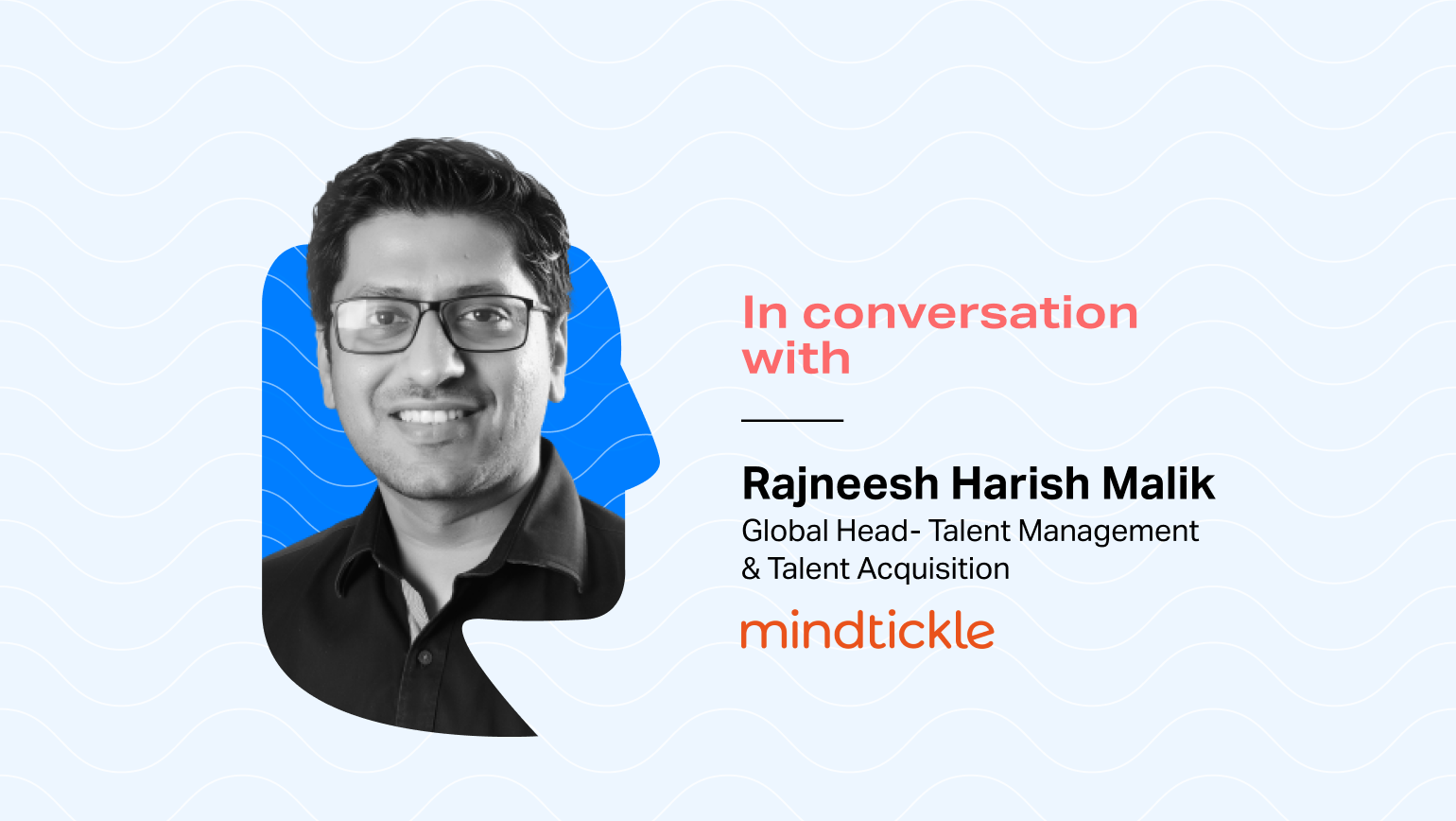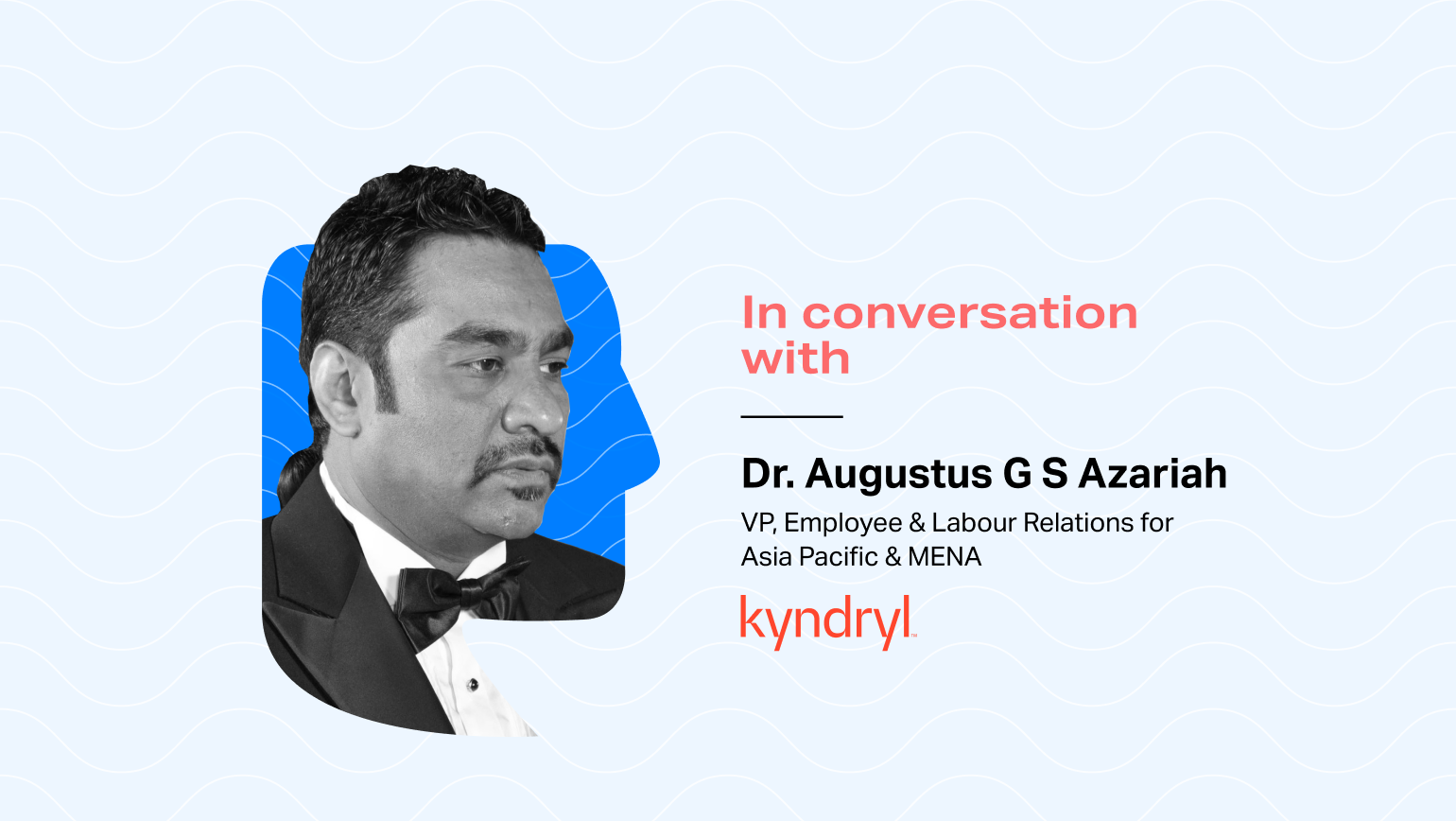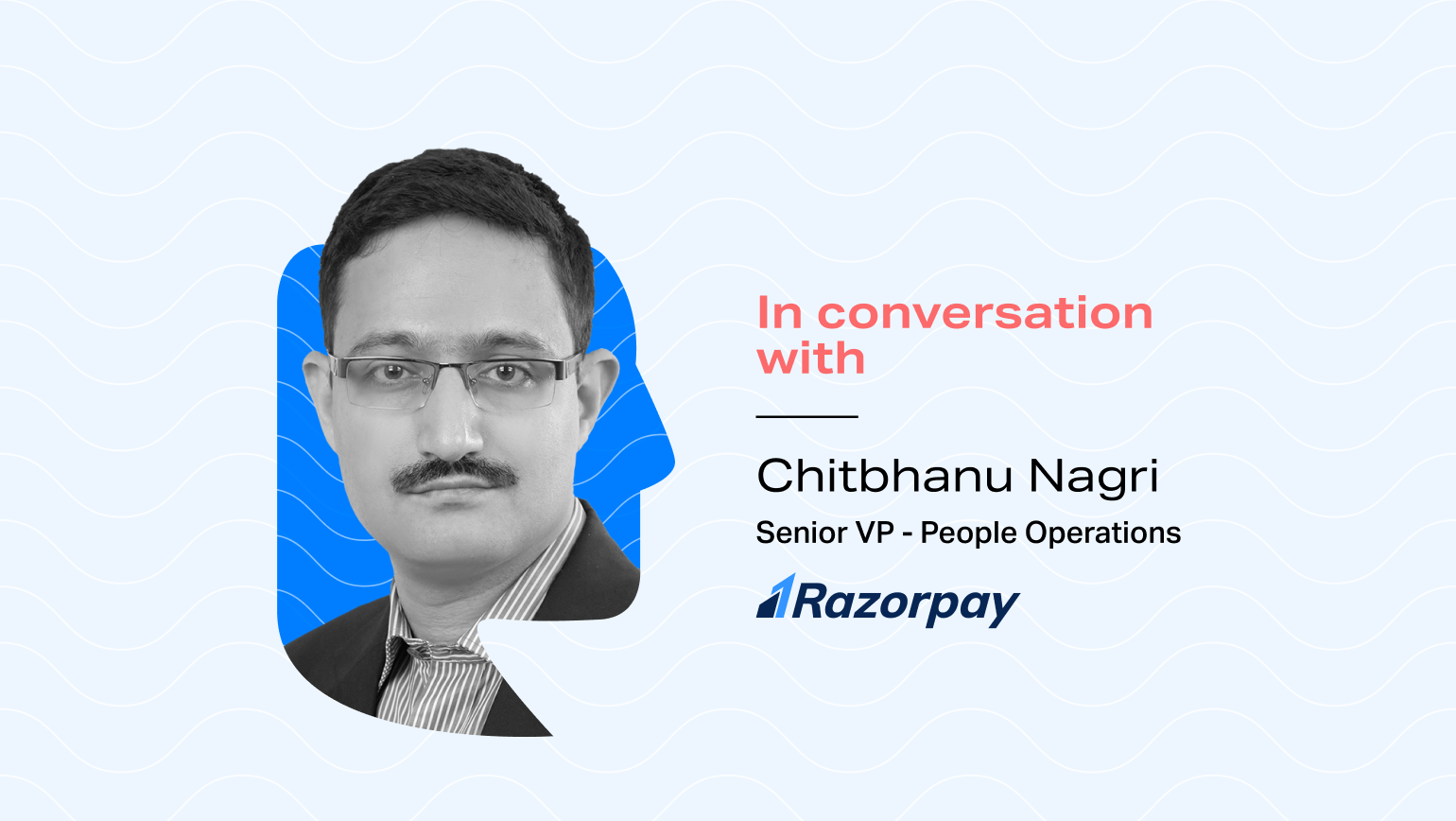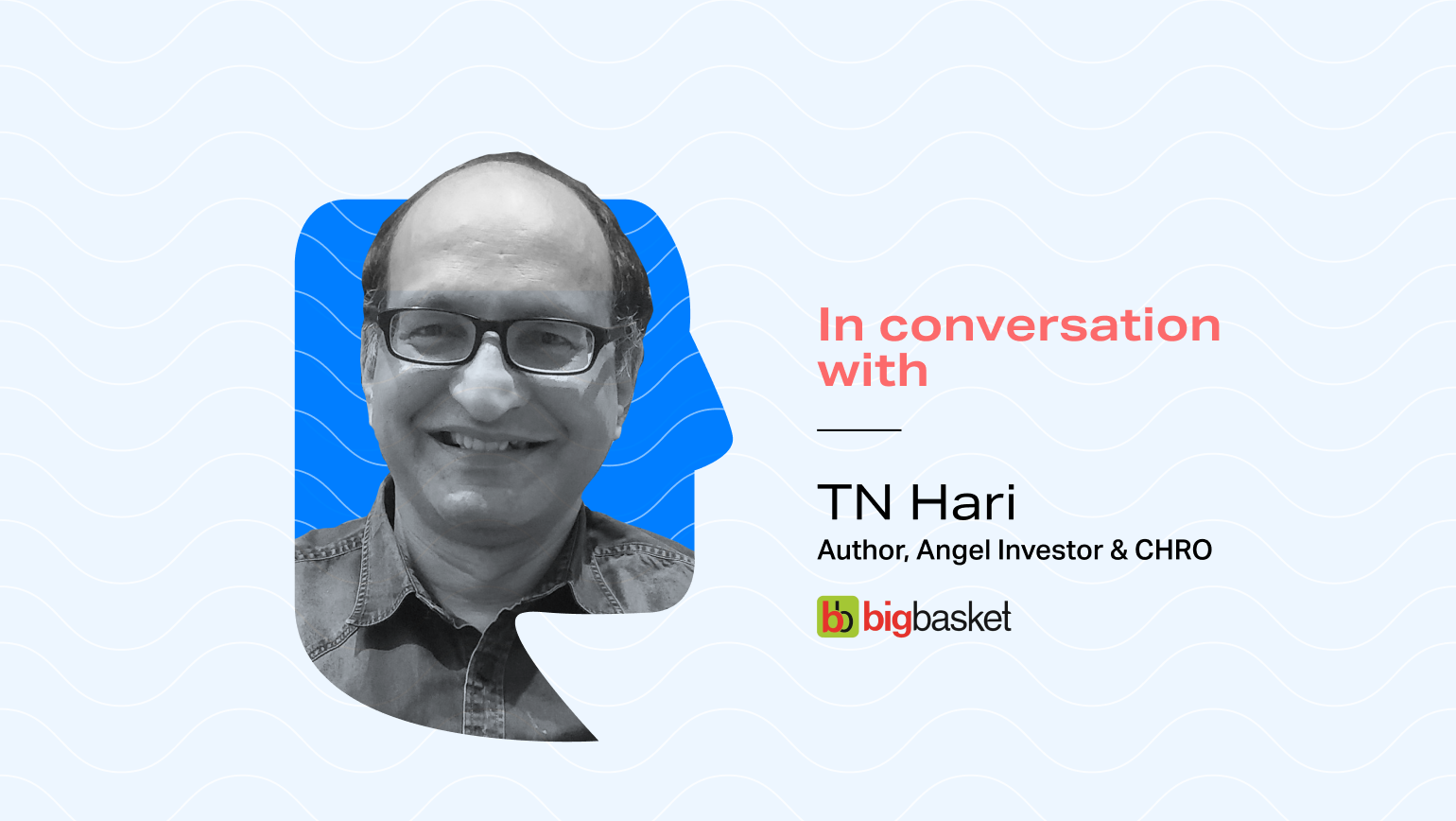 With Avijit Bhattacharya CHRO, Tata Capital Ltd
With Avijit Bhattacharya CHRO, Tata Capital Ltd
HR catering to multigenerational workforce
He talks about challenges that HR faces in a diverse organisation and how HR can cater to multigeneration by focusing on the majority & so much more.
Transcript
Rohit: Hi, welcome to another session of Dialogue with Darwin. We want to talk about a lot of things that you've done, and a lot of things in talent management that would be a priority for a lot of HR folks in the industry. Thank you, Rohit, it's a pleasure.
One question is on how the market is changing and there is a sense that the financial sector might go through a turbulent time, and which is market driven more than organization or people driven.
How do you, as a people leader, embrace yourself for such a situation?
Avijit: From a Tata Capital perspective, you need all to make it a success. You need people who will be with you for the long haul. You will need specialists who will come here and play their role and then get onto the next challenge that the industry posed to them.
If the fundamentals of the organization are good, then it is the people only who will take the organization through those tough phases. And which people are you are top talent. And, to some extent, talent who have aligned their careers, their aspirations with that of the company.
So, it is this sense of being able to pull an institution out of crisis that motivates a lot of people. And I've seen this happen in some of the other TATA companies, some large TATA companies where people have come together, rallied behind a crisis and pulled the company out of crisis.
ROHIT: And is there something you do specifically for like top 20% of your talent, which is different from the rest of
Avijit: Oh, yes, the 80/ 20 rule always applies. So, one should feel challenged and have an opportunity to reach one's potential, for the top 20% of the talent. They are one exposed to, you know, cross-functional projects, which are key for the company's goals. They are given options to move roles or rotate so that they can get a diversity in experience the way they are compensated kind of over a period starts looking better than the rest of the organization. Because for us that 20% is key for overall organizational success.
Rohit: And you also came in at a time when there is this whole multi-generational shift that's happening in organizations. What is the biggest challenge that you see with such a diverse kind of organization challenge for HR in such an organization.
The challenge for HR in such an organization is to be able to cater to the respective generations that the company has in a services organization. The older generation would obviously have views about how business must be conducted, how much tech should be involved, contrast it with the newest generation who are mostly to themselves in the devices as a HR.
HR facilitates people to do their best in an organization. You basically have to create workplaces. You need to have policies which help each generation to come together. Uh, it's a mix of, I think, what the earlier generations had experienced and what the new generation is looking forward to.
So, would you say in a multi-generational context, it must be the lowest common denominator that works for all, or will it be two different things that run parallel? So, you know, the end point and you know, the start points and essentially you go through a set of hybrid combinations till you. Your end-state, but the end-state is not static, you know, because by the time you reach there, there may be a newer generation with a newer set of requirements.
So therefore, you keep on improvising this hybrid model catering to the majority in the organization. Do you think India or Asia as a context has evolved to get taking feedback from peers and from repartee or bottom-up feedback? Or is it still top down in organizations? See, one is the kind of feedback which is instant.
Now instant feedback helps to give me that high or the immediate feedback that I have not done something well, the other kind of feedback, which is more qualitative in nature, uh, it is something as a culture. We are not very, uh, open to both giving as well as taking. Uh, so we, we kind of, especially when it is negative feedback, so we keep on holding onto it.
So, what an organization in my view should be doing is have at. You know, a frequency, a preset frequency where a manager should be talking to their team members and giving feedback on the qualitative aspects of the job. And is there, uh, something you've been enabled for peer and, uh, reporting feedback specifically in your organization and, to, to ensure this feedback is from all directions and at the frequency that you mentioned two things.
We have done one, we, we have a very strict media. I mean, although there are frequent reviews which happen more informally the media reviews are a very formal process. The feedback is more about competencies, more about behavioral competencies, functional competencies. In addition, uh, we have a talent process.
We have councils, which essentially evaluate people. I mean, there are some thresholds by which you make it to the talent council. Now this is one process, and it is kind of a little democratic, so individual biases are. the other is a 360-degree feedback got, and this, we do mainly for the senior leadership, uh, where there is a peer review.
There is a team member review. There is a manager review and, uh, and we do it purely for self-development. So, the feedback is shared with the, uh, the employee or the leader for talking out his own development journey and therefore make him a better leader.
Got it. Thank you so much. It's been a pleasure talking to you.
Thank you. Lovely, great conversation. Thank you so much.
Nominate Myself
Nominate Someone Else
Your Sunday Watchlist
 With Rajneesh Malik
With Rajneesh Malik
Global Head- Talent Management & Talent Acquisition, MindTickle
In this interview, he talks about various aspects of organizational culture, hiring, his views on the importance of putting people at the heart of the business, and much more.
 With Augustus Azariah
With Augustus Azariah
Employee & Labor Relations Leader at Kyndryl
Listen to his insights on the ‘Future of Work,’ that much-debated topic – hybrid work, talent management and much more.
 With Chitbhanu Nagri
With Chitbhanu Nagri
Sr VP of People Operations at Razorpay
Listen to his insights on organizational culture, talent retention, and some learnings from his current role at Razorpay.
 With Priya Chakravarty
With Priya Chakravarty
Sr Director HR in Essar Capital
Listen to her insights on managing a distributed and diverse workforce in the hybrid work setup, and some interesting HR initiatives at Essar Capital.






